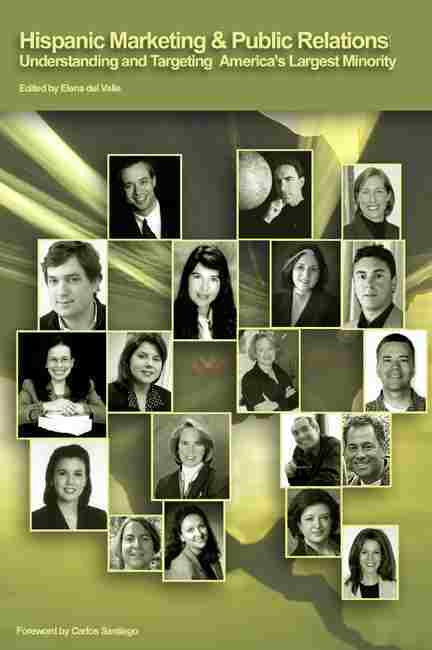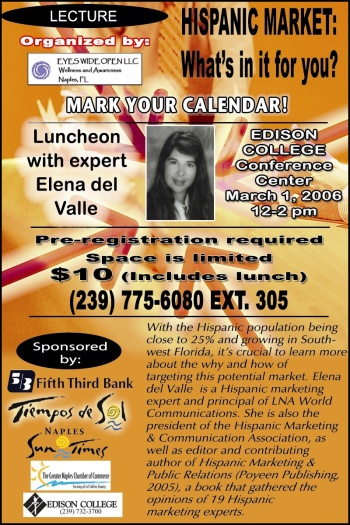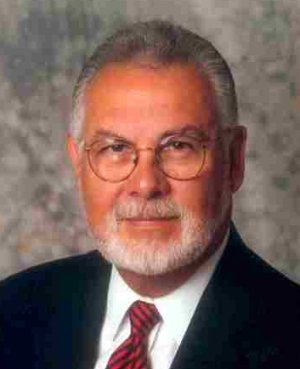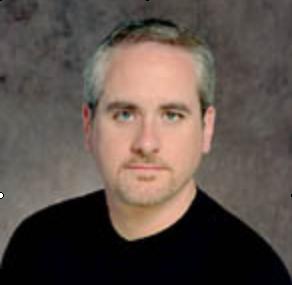Insights on Effective Hispanic Media Training
By Elena del Valle
President LNA World Communications
As of the 2000 Census, Latinos are America’s largest minority, representing even by conservative estimates 13-15 percent of the overall market. Although many Hispanics are Spanish dominant, a significant percentage of the Latino population is highly acculturated and English dominant or bilingual. This makes for a complex Hispanic media mix.
There are hundreds of U.S. based newspapers, magazines, television and radio programs and online websites targeting Hispanic consumers in the U.S. and beyond. In addition, because Latino consumers spend a high percentage of their disposable income on food, transportation, clothing and housing, an increasing number of communicators and marketers are beginning to focus their efforts on them.
Cultural Nuances
There are plenty of examples of Hispanic market campaigns. How can media training help you create a successful Hispanic market campaign? Many of you have heard of the infamous well-known airline that invited travelers to fly ‘naked’. In the same way, the slogan for pork as “the other white meat” which was successful in the general market was meaningless to U.S. Hispanics.
The Nova was met with less than enthusiastic reactions because in Spanish “no va” means does not go. Somebody did not do his or her homework. In an effort to promote their new business class leather seats, an airline invited passengers to fly “en cuero.” It was not until they had launched the campaign that airline executives realized “en cuero” means naked in colloquial Spanish. Oops!
Any PR practitioner can attest to the challenges of setting up a meeting with an executive producer of a major television show. Years ago, I found myself in that position. At the time, I was working at one of the city’s premier teaching hospitals. Knowing how important meeting colleagues in person is among Latinos; I endeavored to always meet reporters, producers and editors at least once in person before we began a professional collaboration. For months, I tried to meet with one of the executive producers of a top rated Spanish language international TV show with a reputation for a choosy production staff.
Finally, he agreed to join me for lunch at a local restaurant on Thanksgiving Day. A meeting on Thanksgiving with a mainstream producer would have been unlikely. Because of hectic multi-location schedules, this producer was only able to spare time for lunch on Thanksgiving.
He was three hours late! Many communications professionals in my position, including my boss, would have left. I waited. My patience was rewarded. When he arrived, he was courteous and apologetic. I minimized the importance of his tardiness; after all, no self respecting polite Latino would leave a woman waiting by herself or stand her up, so it must have been unintentional. We had a productive meeting, which opened the doors of cooperation. From that moment on, the producer’s staff called me with confidence when they needed Spanish speaking health care experts. Thanks to the initial Thanksgiving Day meeting, over the years a number of the hospital’s experts and later my clients, were invited to the highly coveted show.
Media Training
Thorough media training provides the spokesperson with an understanding of how and why media interviews can be worth their time; describes basic media types; outlines possible interview formats; and conveys the importance of matching the messenger, the medium and the target audience using a well designed and culturally sensitive message.
It is important to explain how producers, reporters, editors and other media representatives behave and what they expect from a spokesperson. Once experts understand their role in a media interview, they are better able to decide if a particular media opportunity is appropriate for them; or if they are willing to dedicate the time to it. This is especially relevant when the spokesperson’s time is particularly valuable.
High profile spokespersons are accustomed to special treatment. Though media representatives may address them as experts during an interview, they usually treat them like regular guests when they arrive at a TV or radio station. If the interview relates to a sensitive issue, the experts may find themselves in a defensive position; or they may have to dedicate more of their time than they anticipated to the interview process. Public relations practitioners should explain to their clients what is expected of them; and what they should expect during the interview process.
Another way to make the spokesperson aware of what to expect is to examine media types including online, broadcast, and print media. Describing interview formats (e.g. news, entertainment, and talk-show) and their characteristics expands the expert’s understanding and equips him or her to respond appropriately to the situation.
What makes Hispanic media training different you ask? In some cases, everything. How can Hispanic media training support your efforts to create a successful Hispanic market campaign? By understanding the unique aspects of language, culture and economic issues of this valuable target market, your Hispanic market spokesperson will be more effective and your campaign will be more successful.
Beyond Language
Hispanic media is about much more than just language. Some Latino programs and publications are in English or bilingual. Even though some of the programs may be in English, successful interactions with Hispanic media require an understanding of and sensitivity to the Latino audience they reach.
Understanding the media outlet is a first step. Knowing how to deal with and approach the producers and reporters is another. Even if you are successful so far, the message and the messenger have to fit the audience and the medium. That was the case with the pork example earlier. Before launching a translation of the English language campaign, the pork association representatives learned that Latinos were concerned about health related issues; they had no objections to dark meat.
Because in their countries of origin eating pork that was not fully cooked was dangerous and unhealthy, many Latinos were hesitant to cook pork at home. “The other white meat” slogan was irrelevant to Latino women. To reach the Hispanic community effectively, in whatever language, the campaign would have to address Latinos’ pork related health concerns.
To be effective and avoid frustrating and costly mistakes, smart public relations professionals and interviewees do their homework before addressing the public. There are often cultural, political, socio-demographic, historical, and linguistic issues worth considering. In the same way, Hispanic media training must take into account cultural and linguistic nuances to be effective.
What does that mean in practical terms? Different experts, media outlets and target audience combinations require different approaches. There are eight main possible scenarios, including one discussed here, the Cultural Sensitivity Model. These vary depending on three basic factors; person being interviewed; media where they will be interviewed; and the target audience.
It is important to know as much as possible about the target audience. Mainstream viewers might consider an interviewee dressed in solid black stylish. Older Latinos may perceive the person wearing that attire to be in mourning or luto. Younger bicultural and bilingual Latinos may have a different perspective. The speaker’s demeanor can also affect the public’s perception. For example, when addressing a mainstream audience with a mainstream message, a speaker would do well to keep use of his or her hands to a minimum. At the same time, facial expressions and emotions should be discreet. Latinos might perceive someone who behaves this way as cold and unfeeling.
Under the Cultural Sensitivity Model a non-Latino expert must be aware of cultural issues to ensure a successful interview, from a Hispanic market perspective, during a general market media opportunity. A non-Hispanic expert addressing a general audience with a general message can end up on the wrong side of an issue without meaning to, if he or she is insensitive to Latino hot buttons. Such was the case of a magazine columnist who responded to a reader’s letter in a way Latino readers found offensive. Though she was non-Hispanic, writing in a non-Hispanic magazine to a general market audience, there were Latino readers in her audience who found her comments insulting. Because of her remarks, several Latino leaders called for a boycott of the magazine, which in the end lost credibility and Hispanic readers.
Think Global, Act Local
Each interview requires an understanding of the particular characteristics of the audience. As the diversification of America continues, it becomes increasingly difficult to create one message to reach everyone effectively. Among U.S. Latinos, this diversification is also a factor. The challenge is that because the market is made up of a number of small groups rather than one single Latino group, there is no one approach or cookie cutter formula. An identical approach could have opposite effects in two different Latino groups. For example, a speaker reaching out to New York Latinos would not necessarily use the same language, media outlet or message as a speaker addressing Los Angeles, El Paso, Chicago or Miami Hispanics. When in doubt, consult a Latino market expert, preferably one specializing in Hispanic media training.
No single media training, regardless of the language, can address all potential situations and solve all possible problems. It can convey some of the critical issues and challenges to the spokesperson making them more effective and sensitive to Hispanic market nuances. It can help them avoid the pitfalls of cultural misunderstandings and improve the chances of success of your Hispanic market campaign.
Elena is a 20-year marketing and communications veteran specializing in Hispanic media training, health care and Hispanic markets. She has provided media training in English and Spanish to hundreds of professionals, including executive, physicians, medical staff and health care executives in the public and private sectors in the U.S. and Latin America. Part of this article is derived from the Hispanic media training chapter in the upcoming Hispanic Marketing & Public Relations (Poyeen Publishing $49.95).
.









